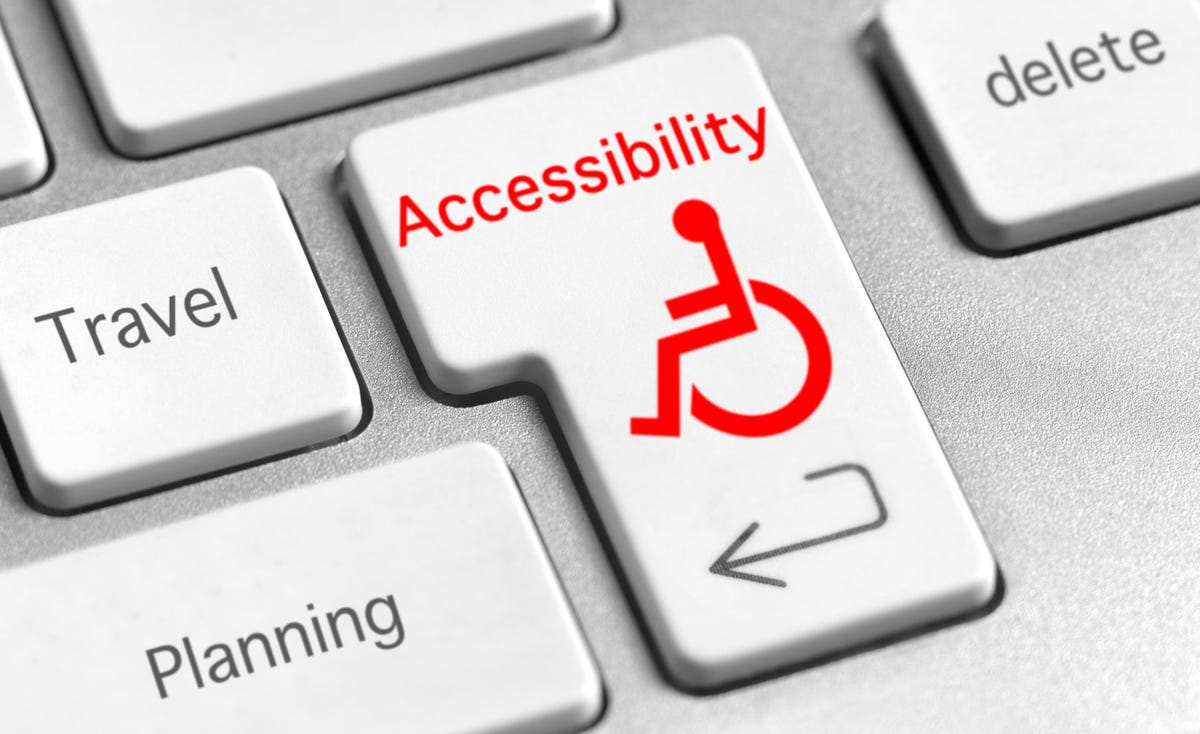Seven years have passed since the W3C’s release of the Web Content Accessibility Guidelines (WCAG 1.0), marking a significant turning point in the awareness and integration of accessibility practices within large organizations. The benefits of ensuring accessibility have become widely acknowledged, as evidenced by the wealth of information available online, emphasizing the importance of accommodating diverse user needs. Over the years, numerous high-profile websites have made strides in improving accessibility, albeit with room for further enhancements.
The Emergence of Web 2.0
Web 2.0 has emerged as the defining force in shaping the next generation of websites and online applications. Its rapid proliferation has introduced a host of novel challenges, particularly with regard to web accessibility. The incorporation of cutting-edge technologies such as AJAX and the growing prevalence of user-generated content have significantly influenced the direction of web accessibility practices.
Addressing AJAX Challenges
AJAX, commonly known as Asynchronous JavaScript and XML, serves as a vital technique for creating dynamic and interactive web applications. While most assistive technologies have evolved to support various types of JavaScript, the primary concern lies in how JavaScript implementations affect on-page changes. Notably, instances such as the Amazon diamond search page underscore the difficulties encountered by users reliant on screen readers and keyboard navigation. In response, the provision of a simplified accessible version has become a key strategy to ensure inclusivity and usability for diverse user groups.
Managing User-Generated Content
The exponential growth of user-generated content has become a defining characteristic of the Web 2.0 landscape. Platforms like Blogger, Flickr, and YouTube heavily rely on user-generated content, posing unique challenges for ensuring comprehensive accessibility across a diverse range of content. Implementing measures to encourage users to provide alternative descriptions and effectively monitoring content for accessibility present complex and ongoing tasks for website administrators.
The Evolution of WCAG 2.0
The imminent release of WCAG 2.0 heralds a new era in the evolution of web accessibility guidelines. The second iteration of these guidelines adopts a technology-neutral approach, offering more flexible and adaptable standards compared to its predecessor. The emphasis on flexibility and interpretation underscores the dynamic nature of web accessibility and the need for a nuanced understanding of diverse user requirements.
Predictions for the Future
Several key factors are anticipated to shape the trajectory of web accessibility in the coming years, with the influence of AJAX, user-generated content, and the implementation of WCAG 2.0 likely to drive significant changes in the field. Anticipated developments include fundamental shifts in approach, adaptations to existing practices, and challenges that organizations must navigate to ensure a more inclusive digital landscape.
-
- A Shift from Guideline-Driven Approaches: The advent of new technologies, coupled with the technology-neutral nature of WCAG 2.0, is likely to redefine the application of traditional accessibility guidelines, highlighting the increasing importance of accessibility experts in organizations.
- The Norm of Alternative Accessible Versions: The need for separate accessible versions to accommodate rich interactive interfaces may redefine conventional perspectives, necessitating a balance between usability and accessibility considerations.
- Challenges in Ensuring Accessibility for User-Generated Content: The unprecedented growth of user-generated content on the web is expected to present formidable challenges for maintaining accessibility across diverse platforms, necessitating innovative and adaptable strategies.
- Changing Perceptions of JavaScript, PDFs, and Flash: The updated guidelines of WCAG 2.0 reflect a paradigm shift in the perception of technologies such as JavaScript, PDFs, and Flash, signifying the need for a more nuanced and adaptable approach to web accessibility.
In conclusion, the future of web accessibility is poised for significant transformation, driven by the relentless evolution of technology and the growing emphasis on user-centric design. While significant progress has been made in integrating accessibility principles into web development practices, the emergence of Web 2.0 and the impending release of WCAG 2.0 signal a critical juncture in the ongoing pursuit of inclusivity and user-friendliness. Adapting to the challenges posed by AJAX, user-generated content, and the technology-agnostic approach of WCAG 2.0 will require a nuanced understanding of accessibility best practices, as well as the continual engagement of accessibility experts and stakeholders. Despite the potential complexities that lie ahead, the collective commitment to fostering a more accessible digital landscape holds the promise of a future where the web is truly inclusive and accessible to all.
